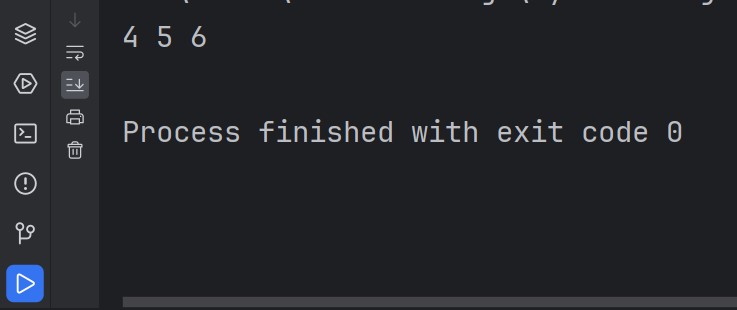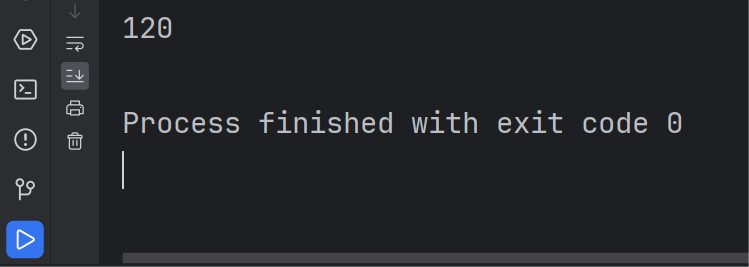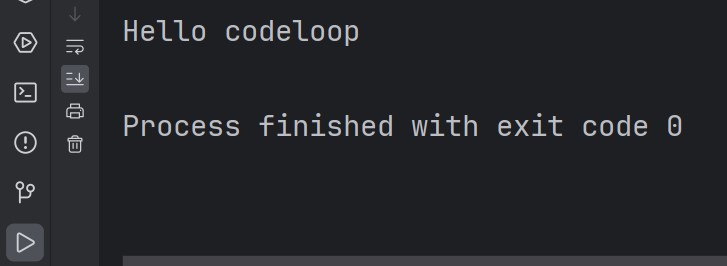Let’s talk What is Python Function Syntax, so Python is popular and powerful programming language that has a lot of popularity among developers over years. in this article we want to talk about Python Function Syntax.
-
Multiple Return Values
In Python it is possible to return multiple values from function by separating with commas. this is powerful feature, and it is used to simplify code and make it more readable.
|
1 2 3 4 5 |
def return_multiple_values(): return 4, 5, 6 a, b, c = return_multiple_values() print(a,b,c) |
This will be the result

-
Lambda Functions
Lambda functions are anonymous functions that can be created on the fly. they are useful for simple tasks and can be defined in single line of code like this.
|
1 2 3 |
add = lambda x, y: x + y result = add(9, 6) print(result) |
This is the result

-
Python Recursive Functions
Recursive functions are functions that call themselves. they can be used to solve complex problems and they are powerful functions.
|
1 2 3 4 5 6 7 8 |
def factorial(n): if n == 0: return 1 else: return n * factorial(n - 1) result = factorial(5) print(result) |
This will be the result

-
Python Function Annotations
Function annotations are a feature introduced in Python 3, Using that you can add metadata to function arguments and return values. they are optional, but can be useful for documenting code and improving readability.
|
1 2 3 4 5 |
def hello(name: str) -> str: return f"Hello {name}" result = hello("codeloop") print(result) |
This will be the result

-
Decorators
Decorators are powerful feature of Python, and using that you can modify behavior of a function without changing its code. they are used extensively in frameworks such as Flask and Django.
|
1 2 3 4 5 6 7 8 9 10 11 12 13 |
def my_decorator(func): def wrapper(): print("Before function call") func() print("After function call") return wrapper @my_decorator def my_function(): print("Inside function") my_function() |
In the above example we have defined decorator my_decorator that adds some behavior before and after the execution of a function. after that we have used @my_decorator syntax to apply this decorator to my_function function.
Subscribe and Get Free Video Courses & Articles in your Email